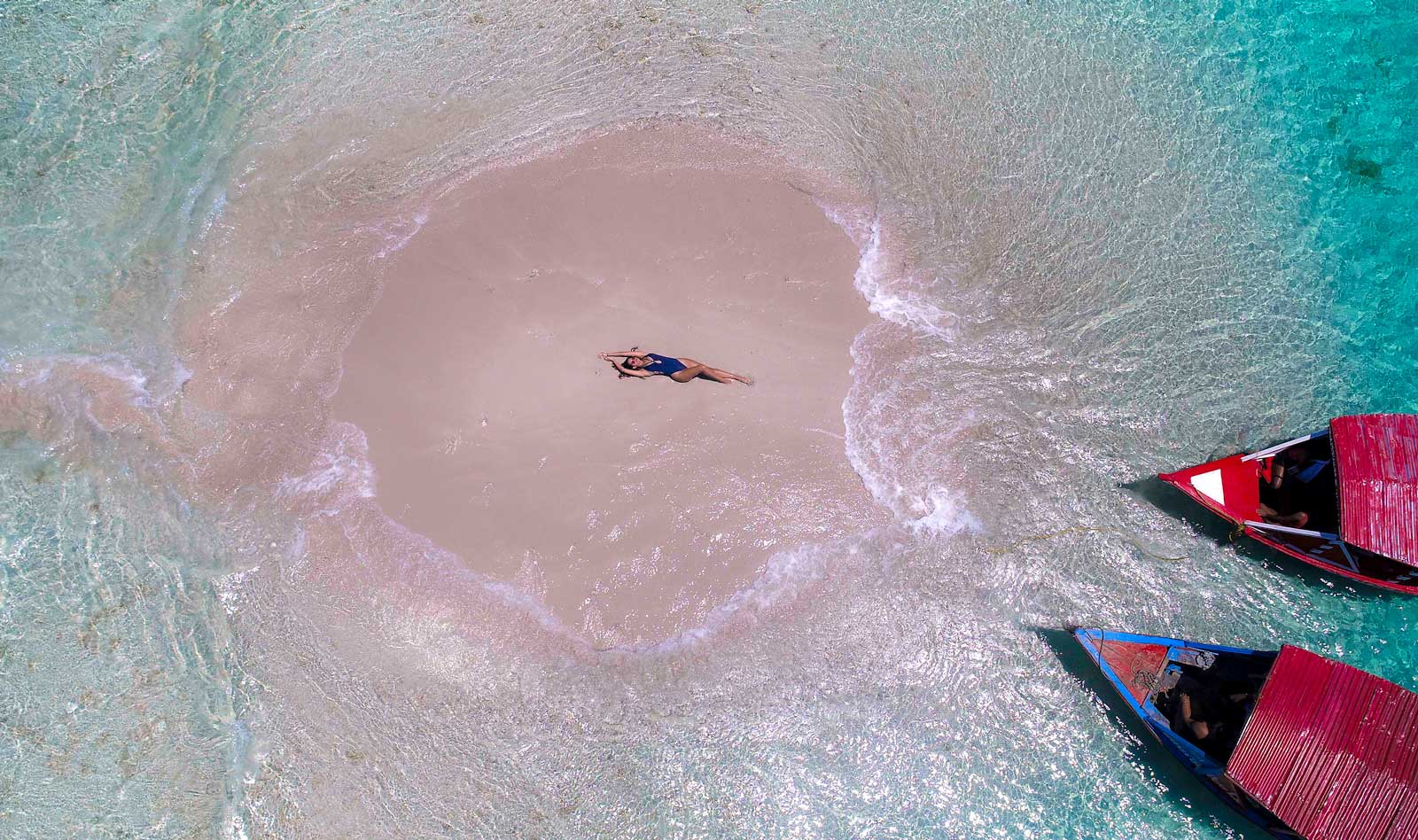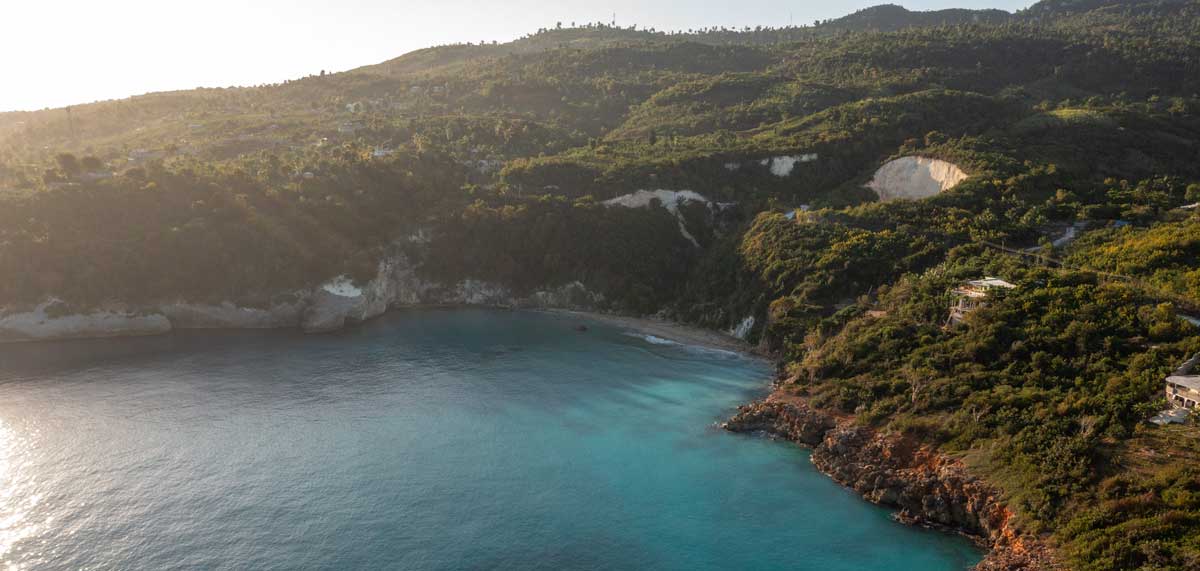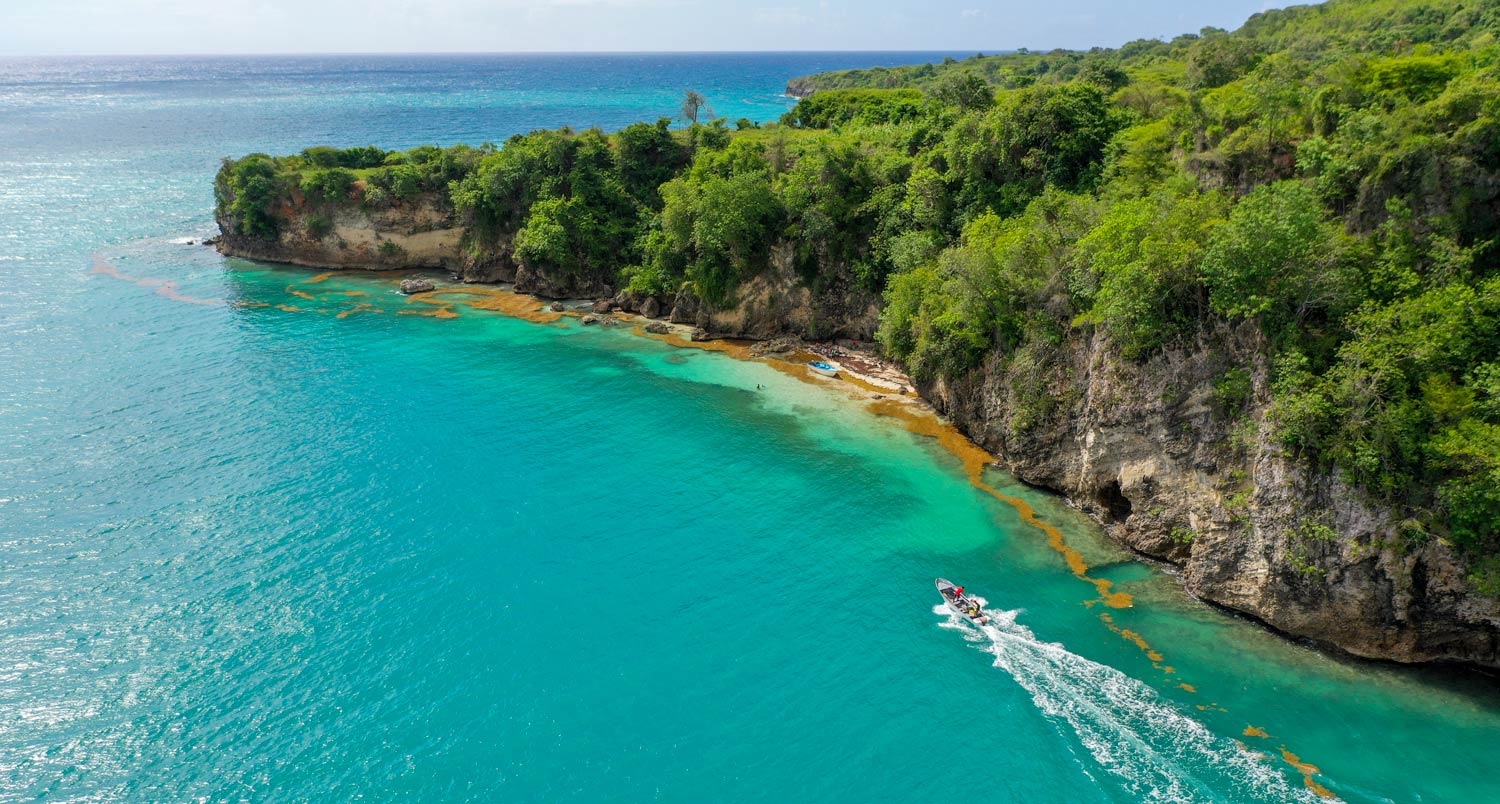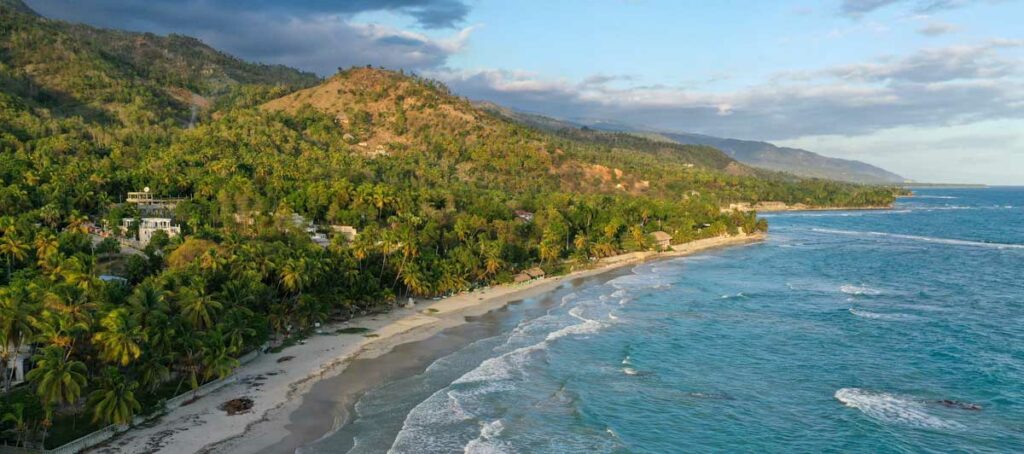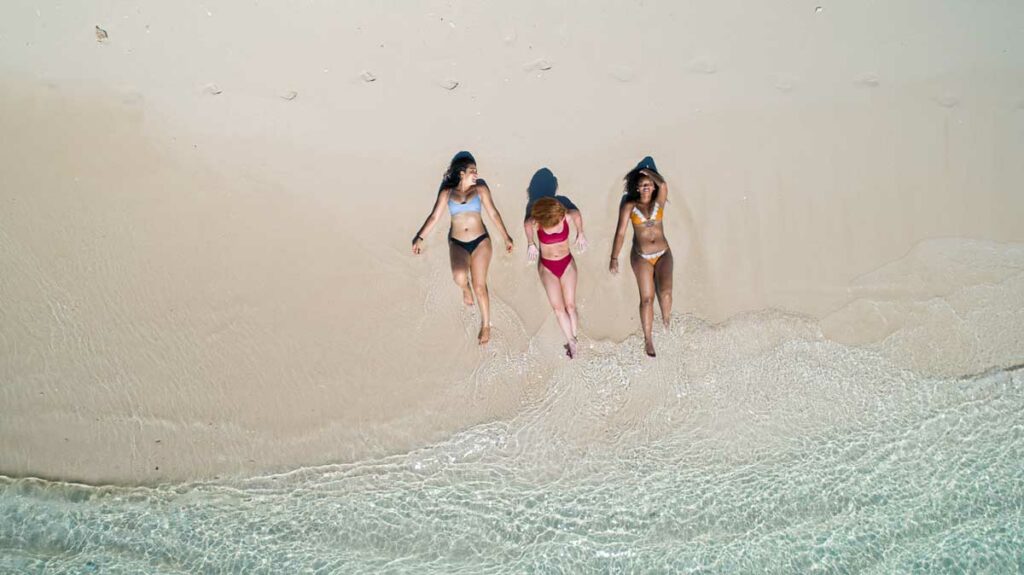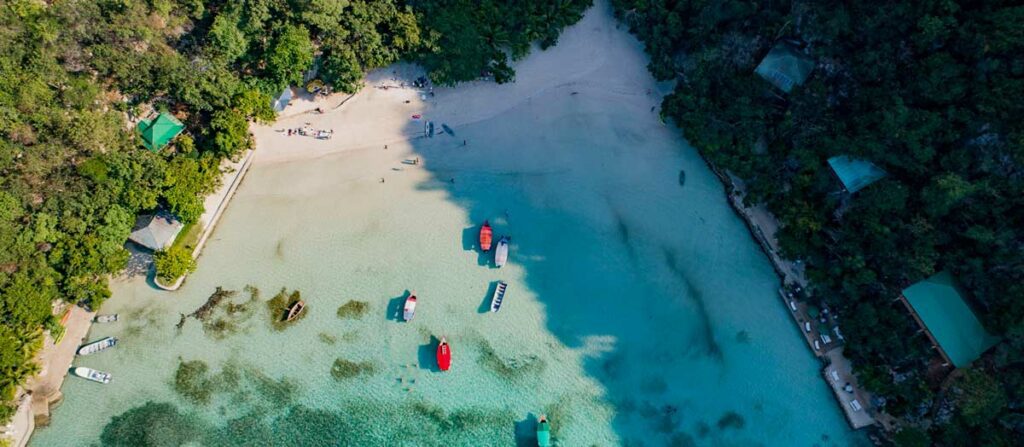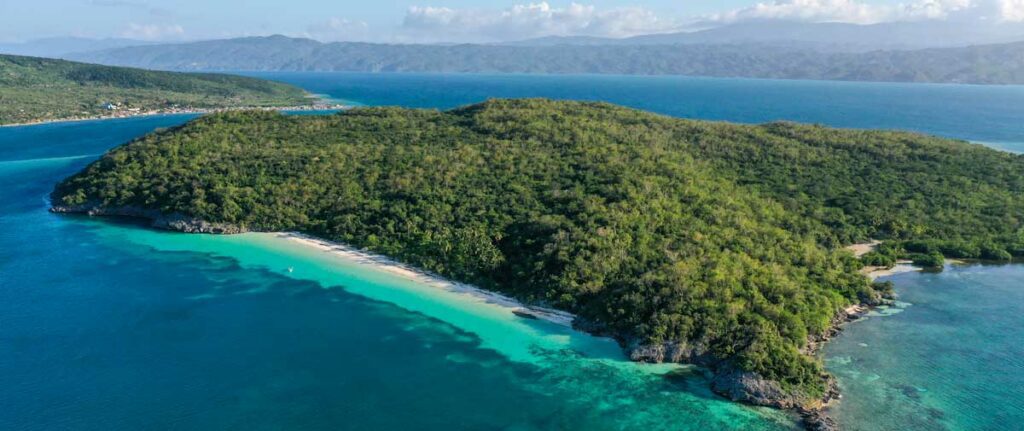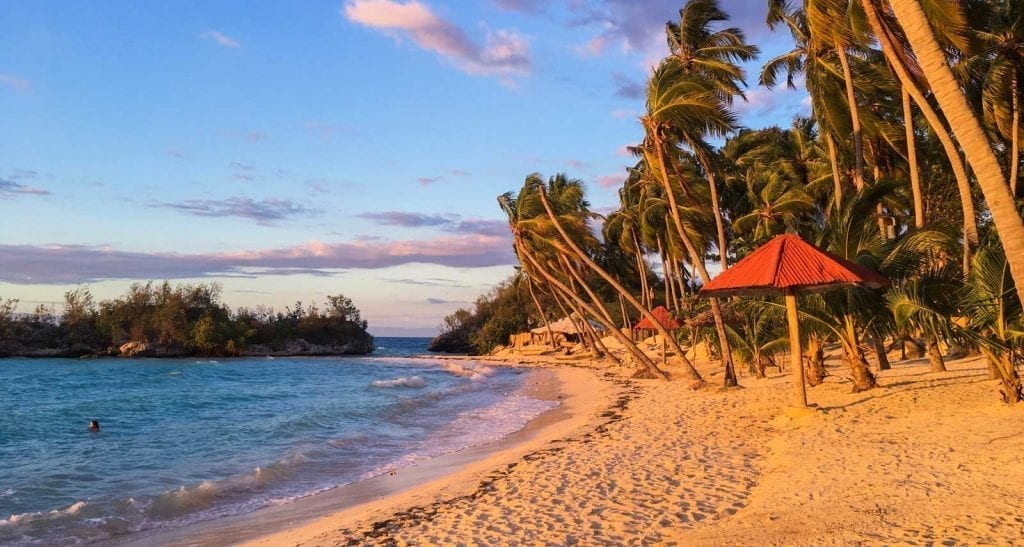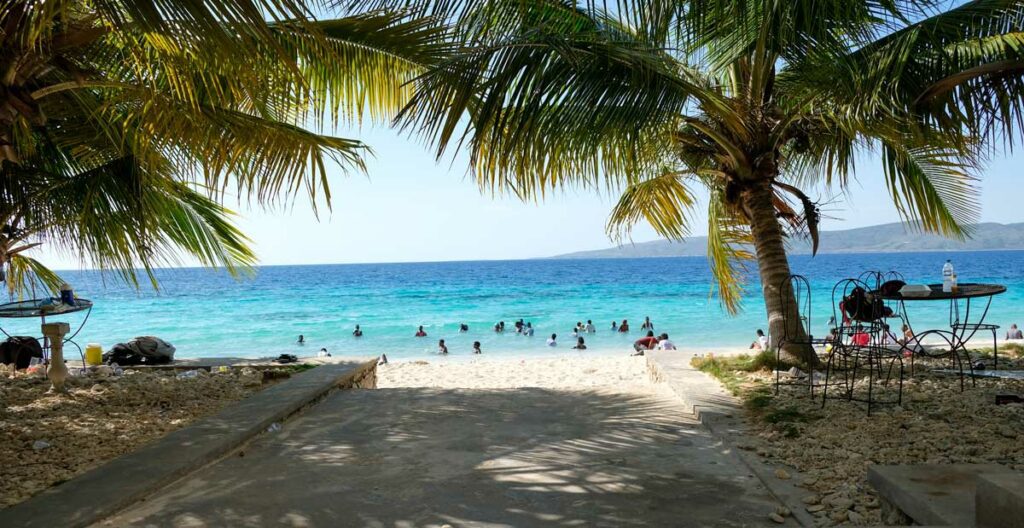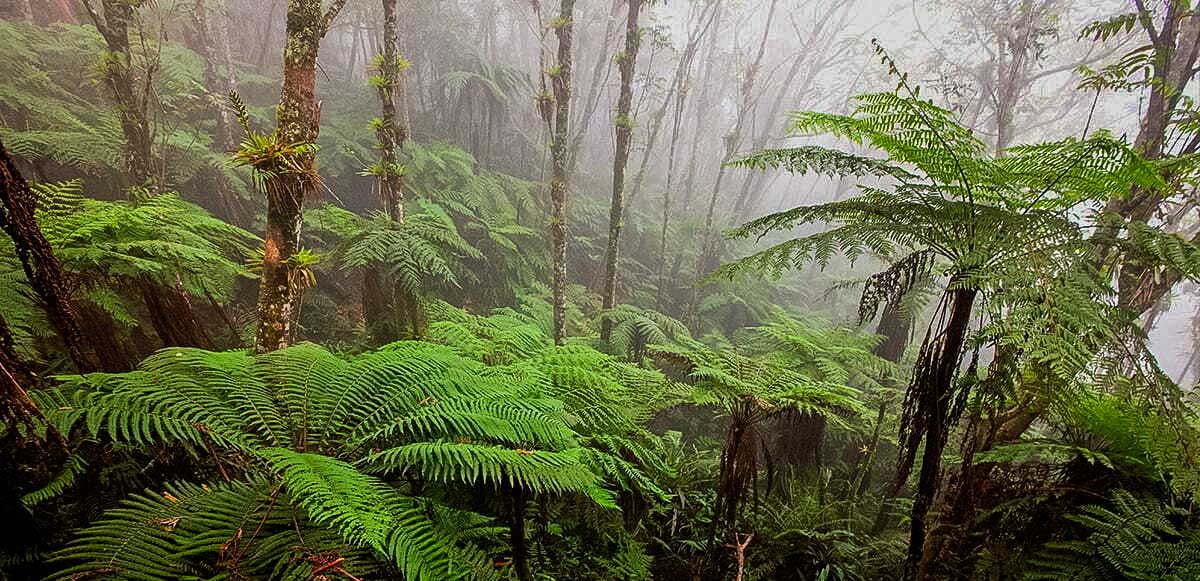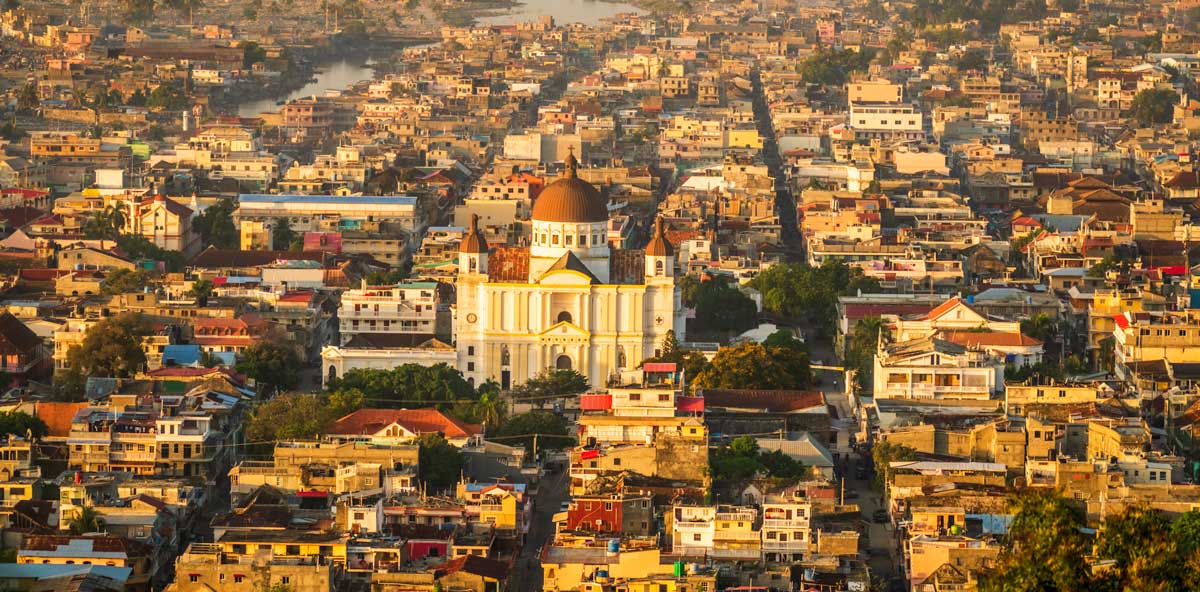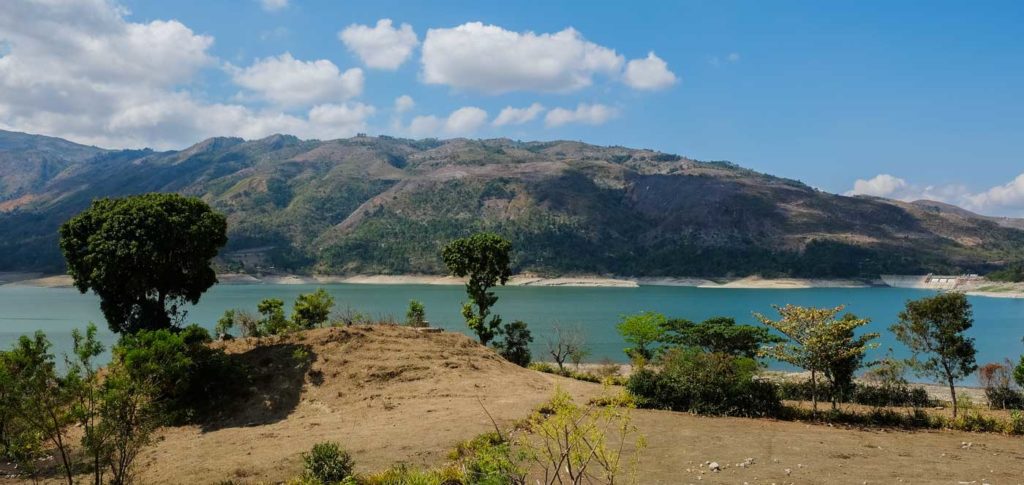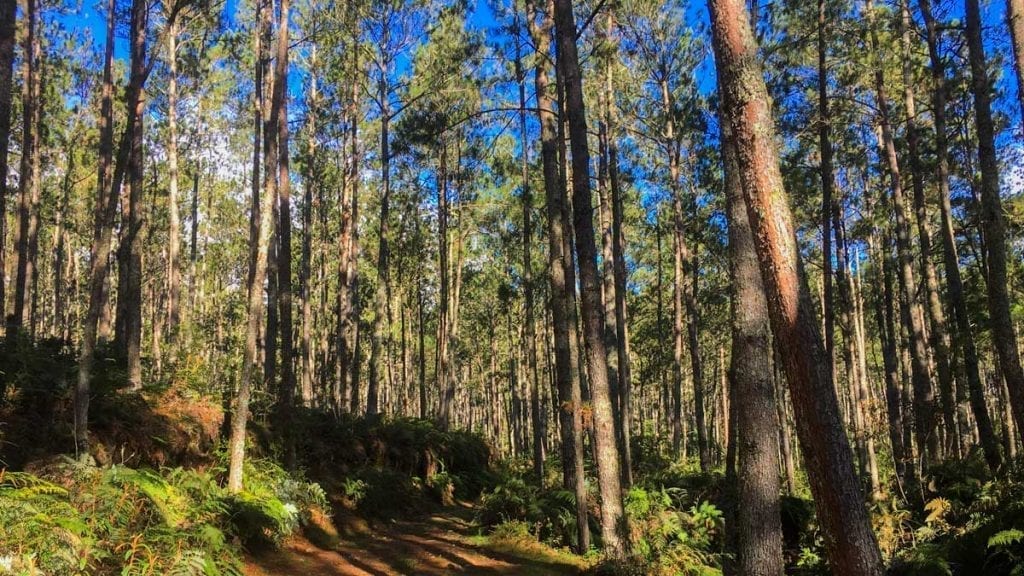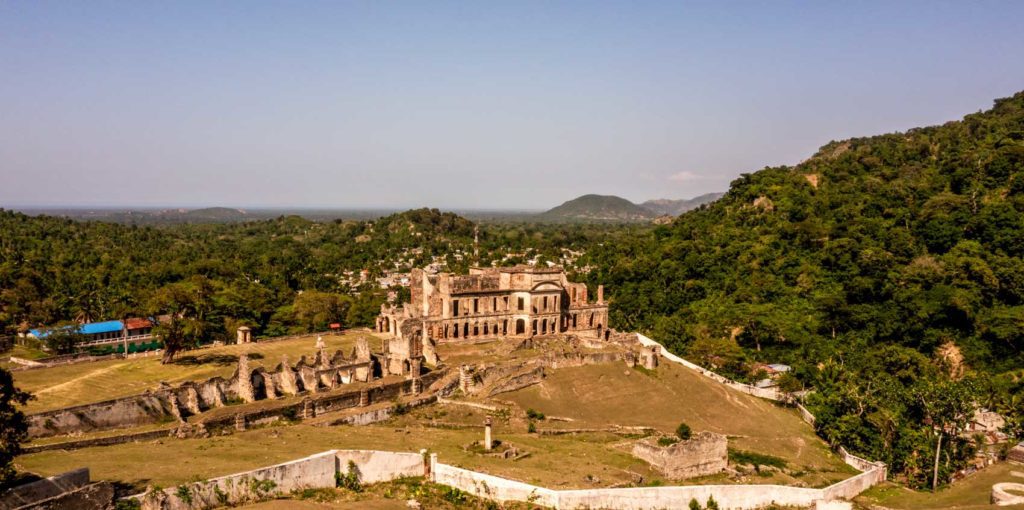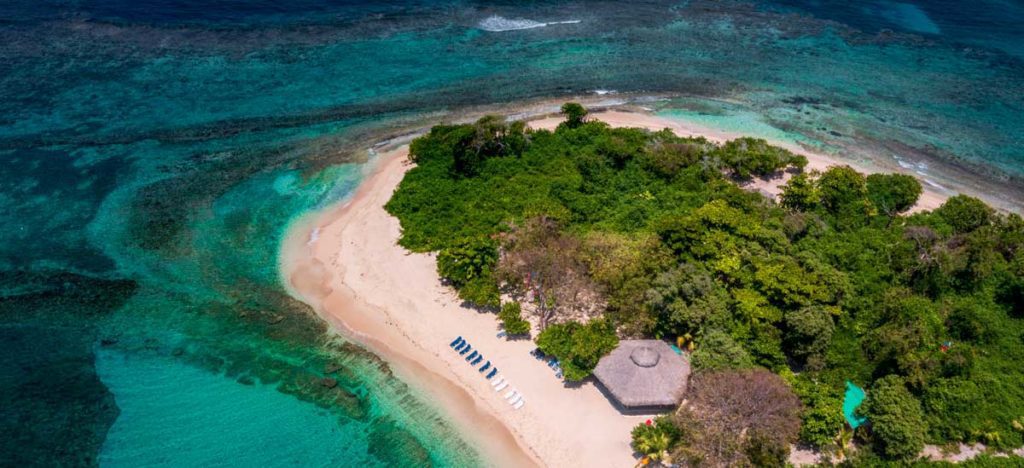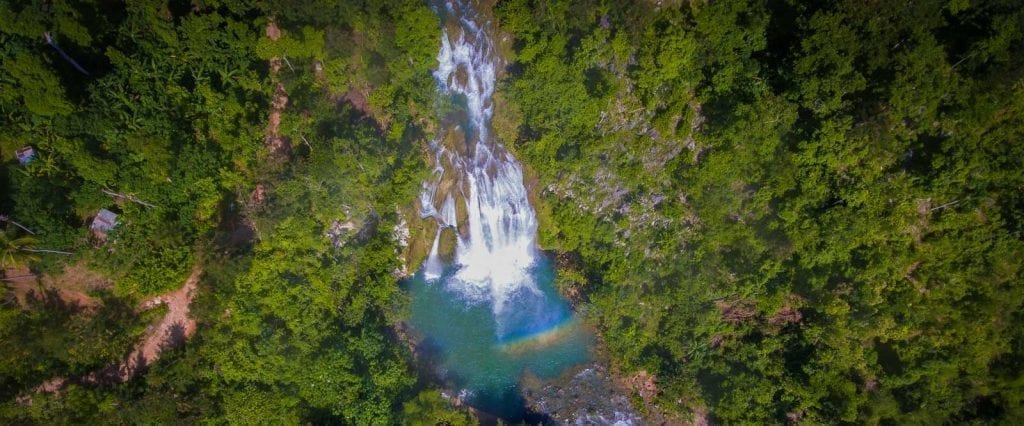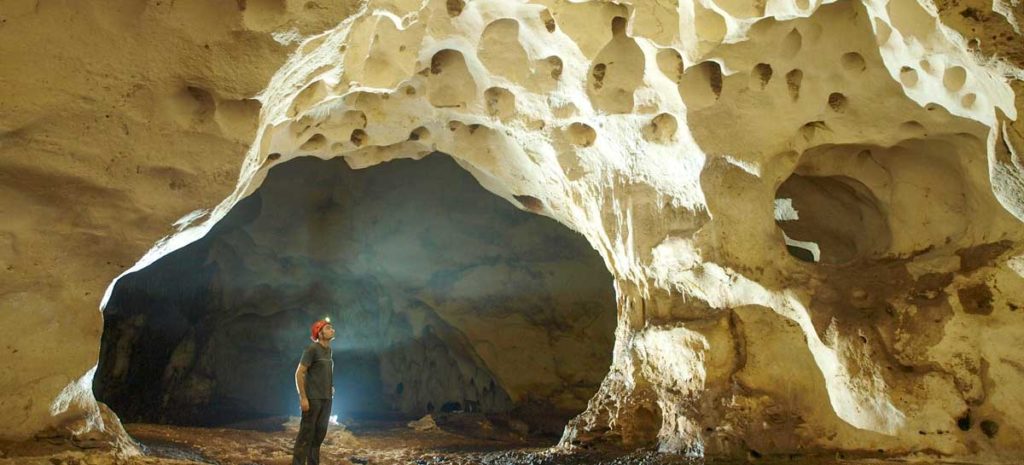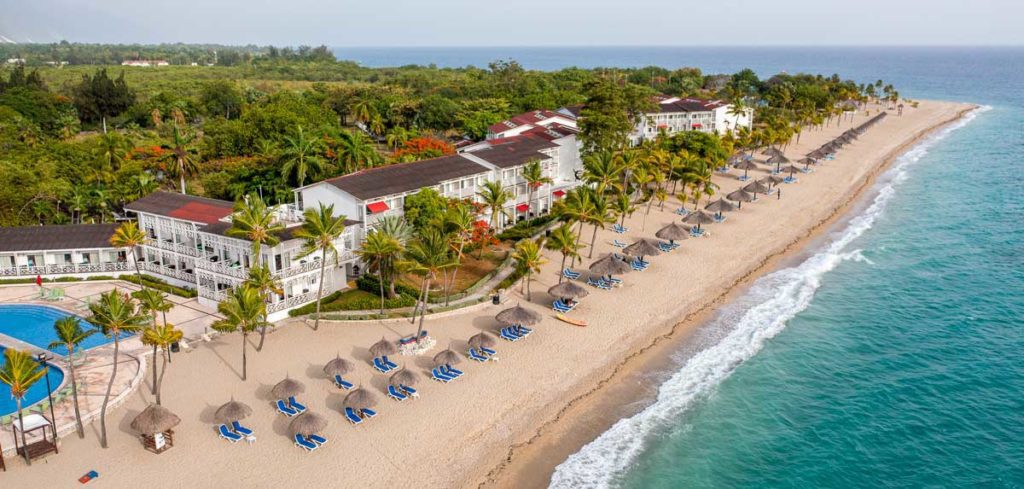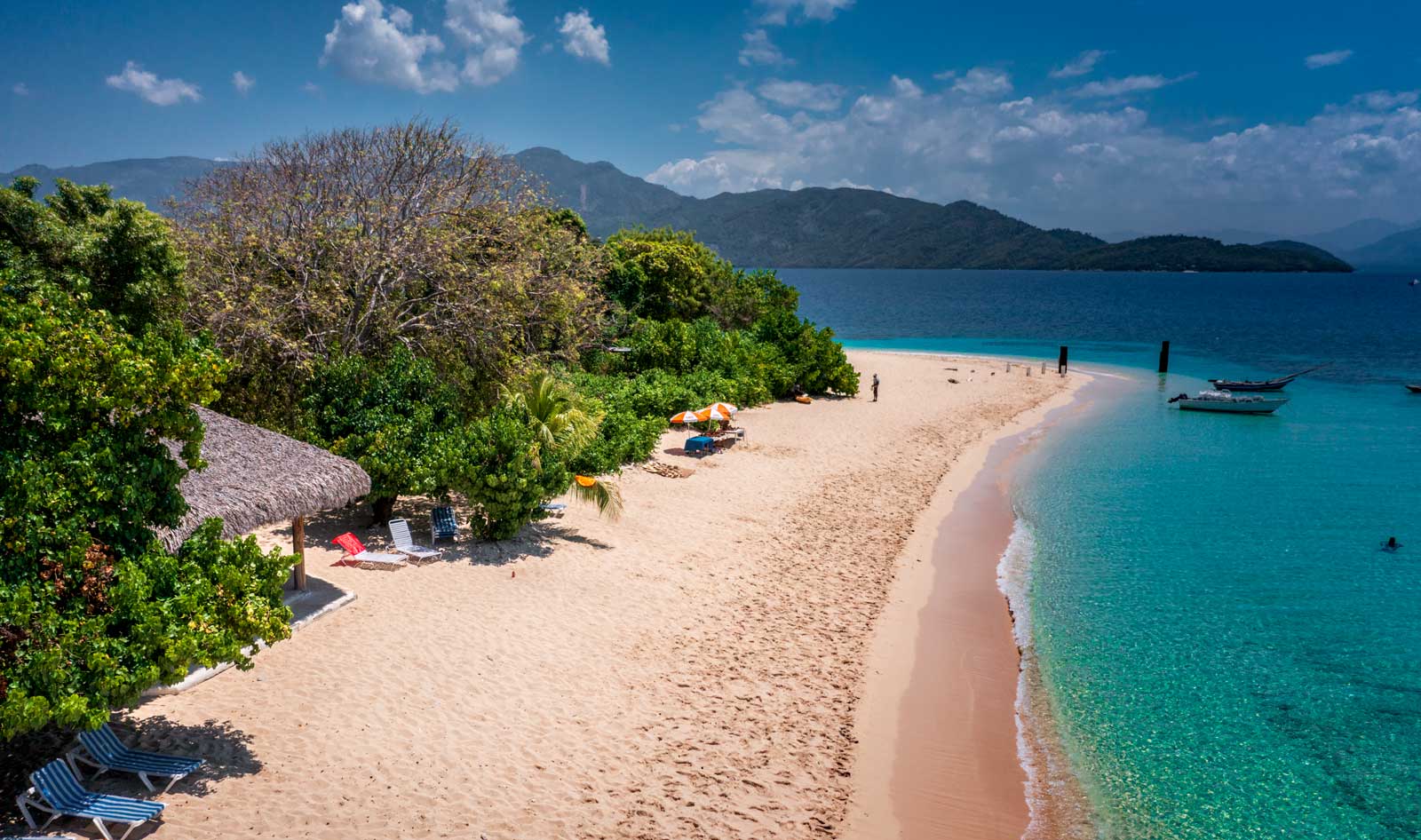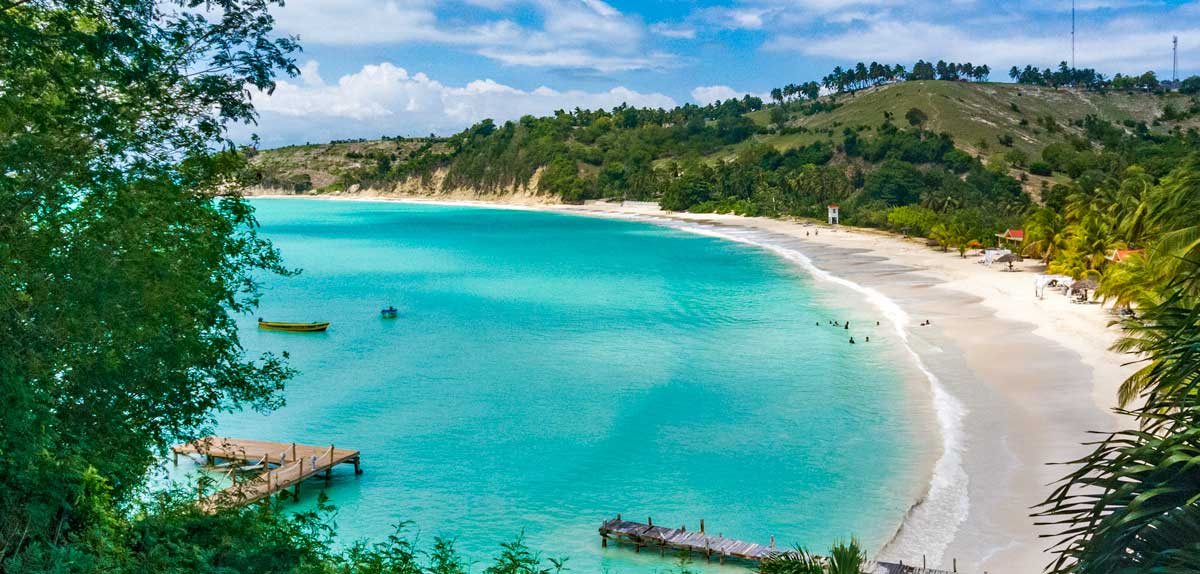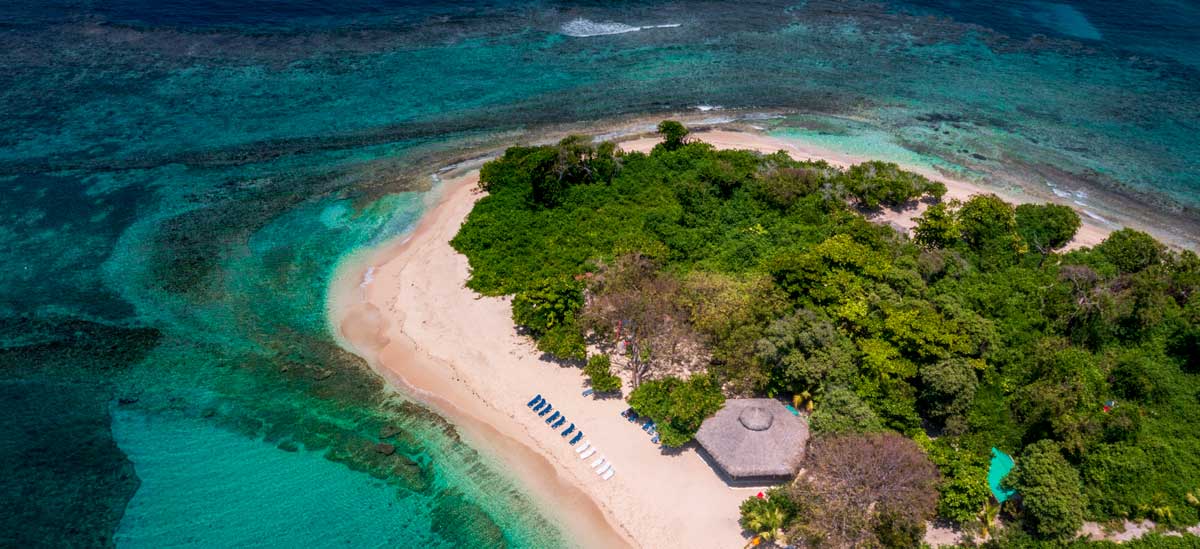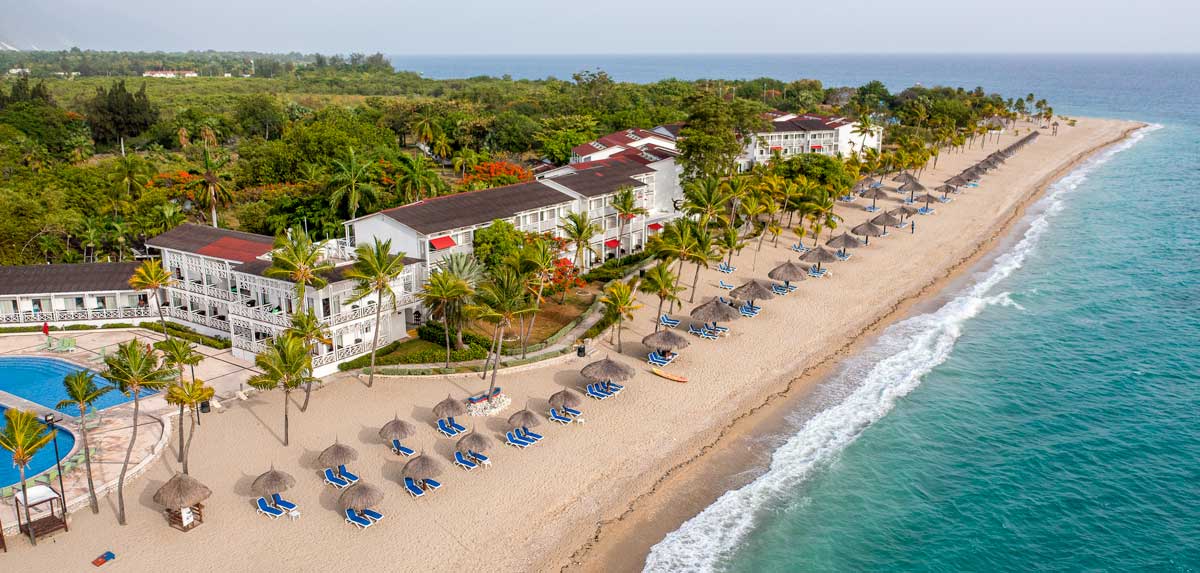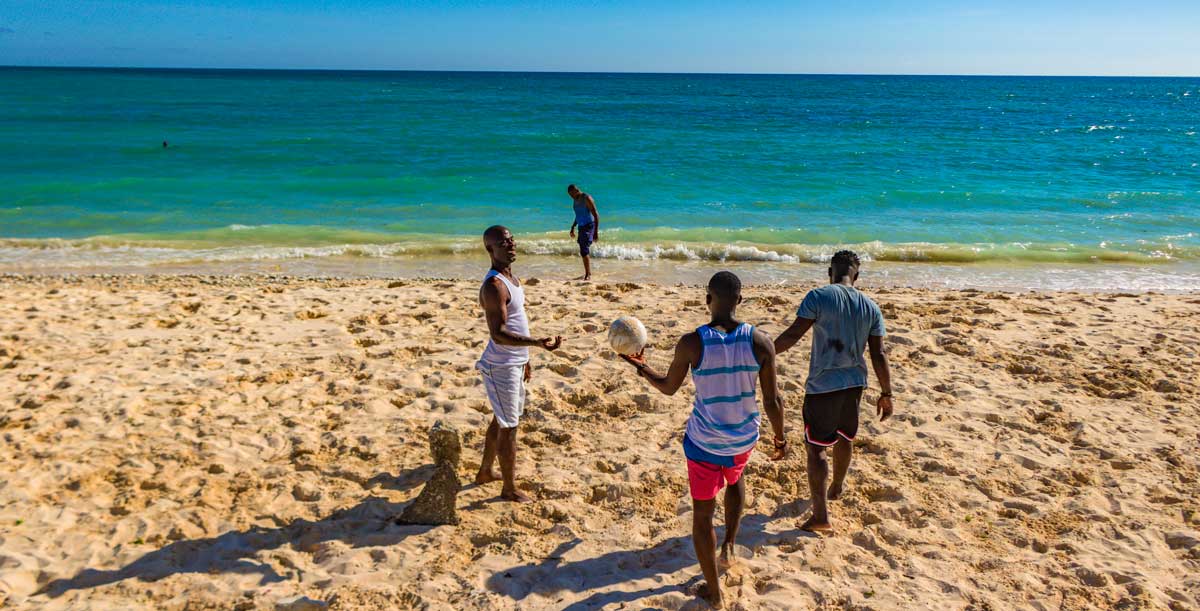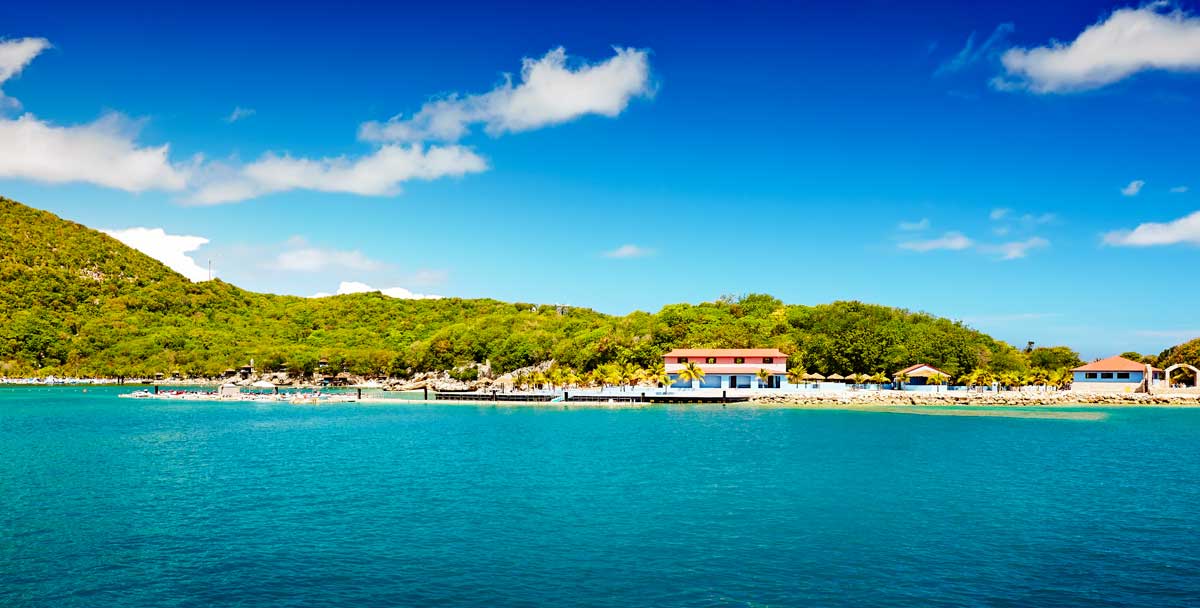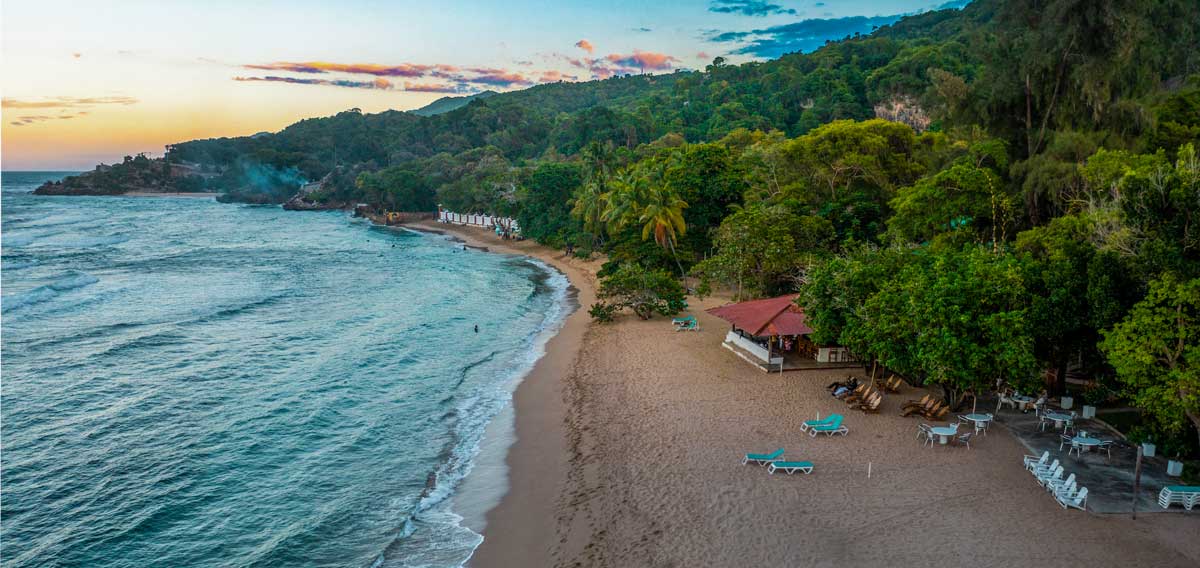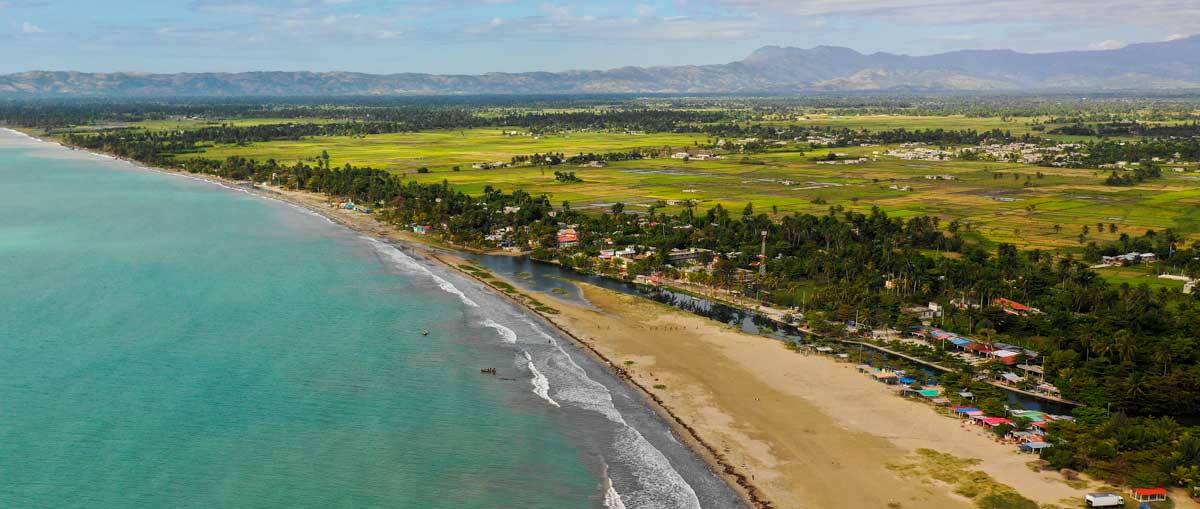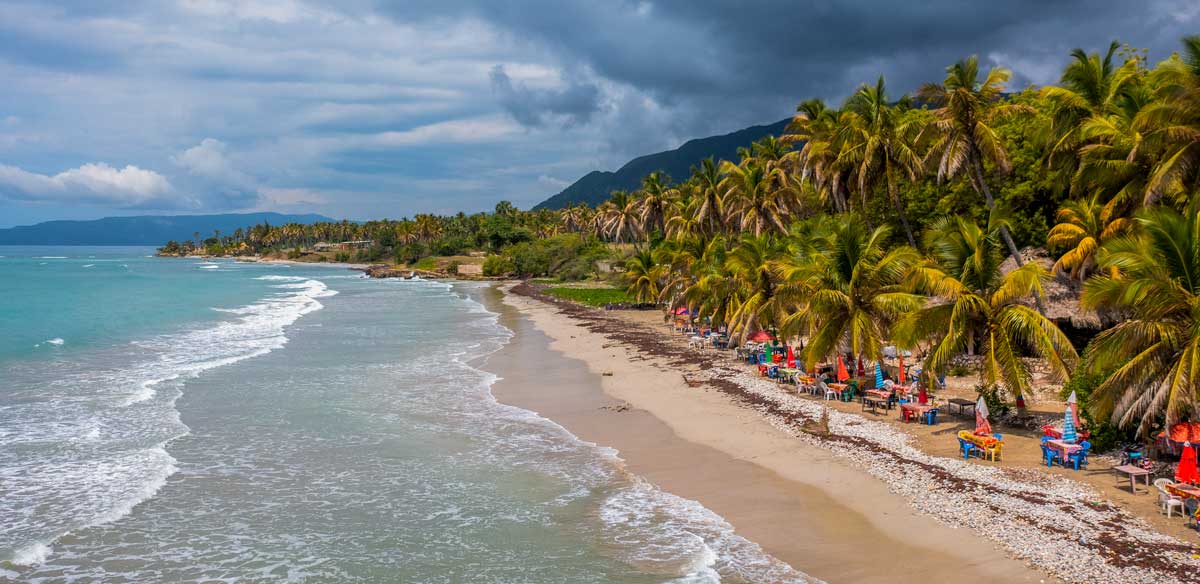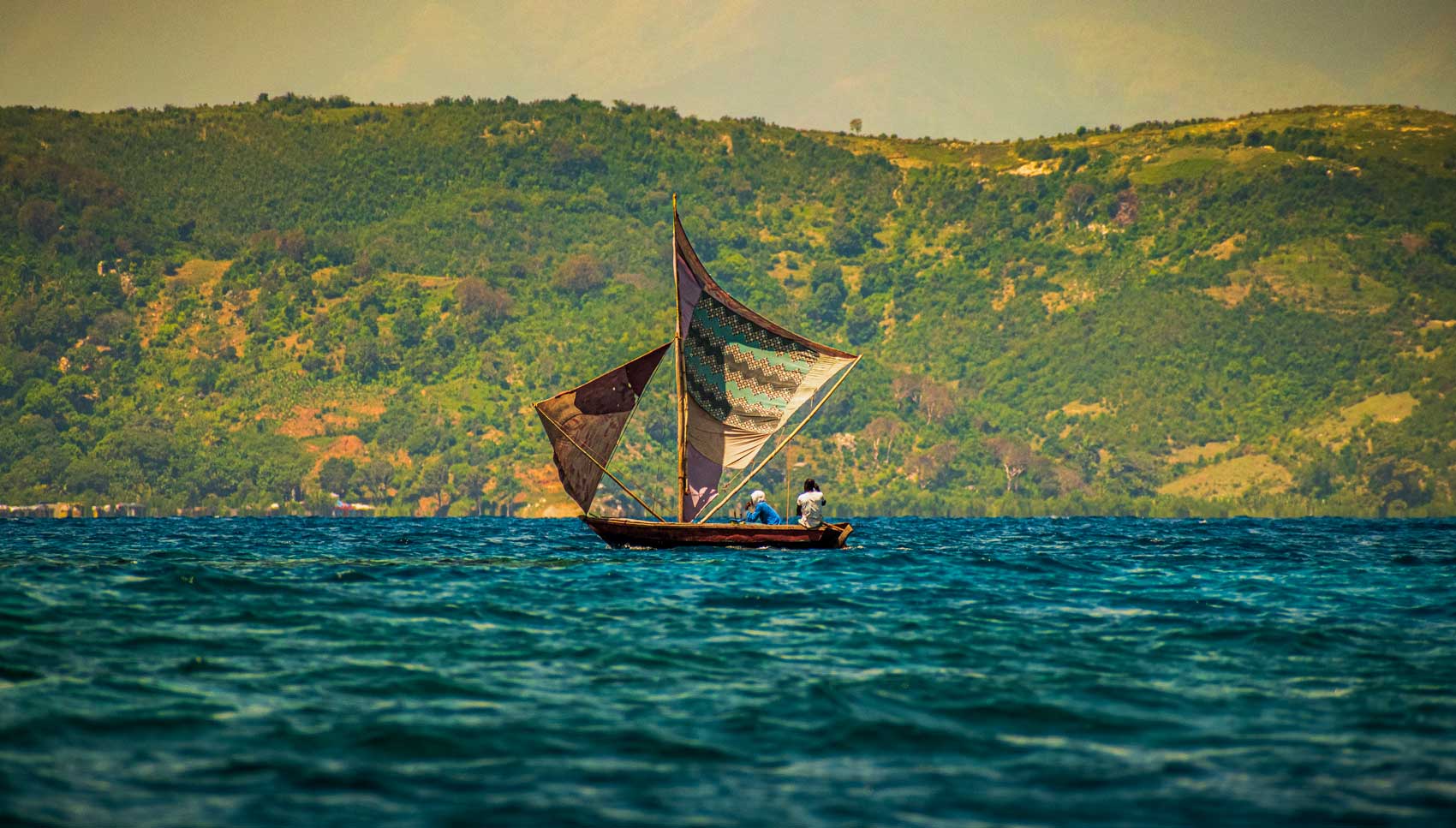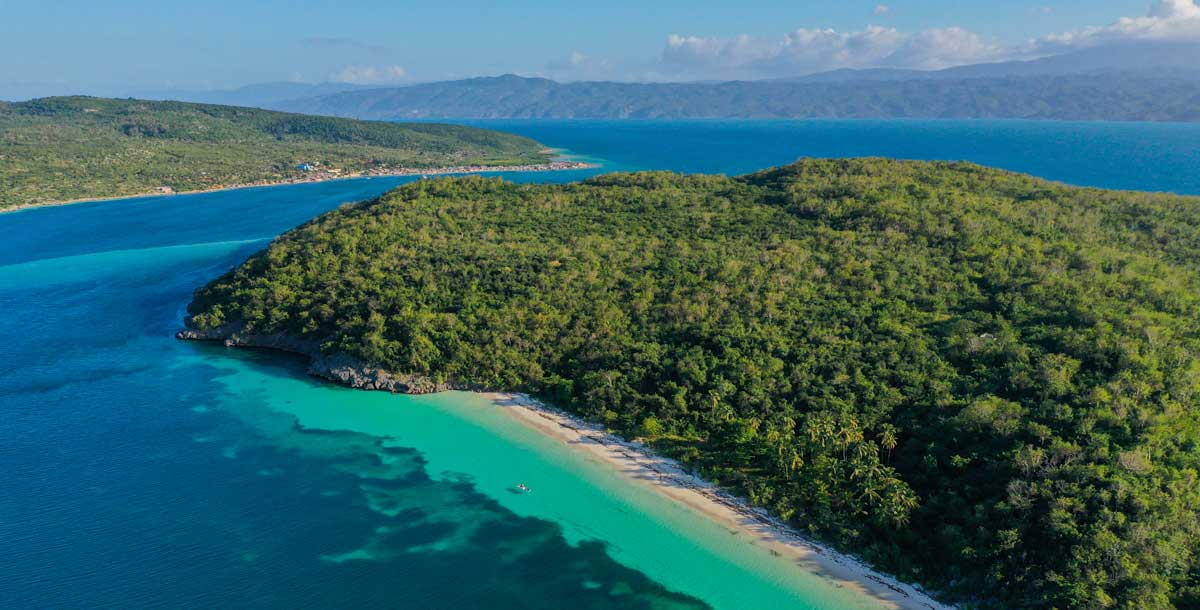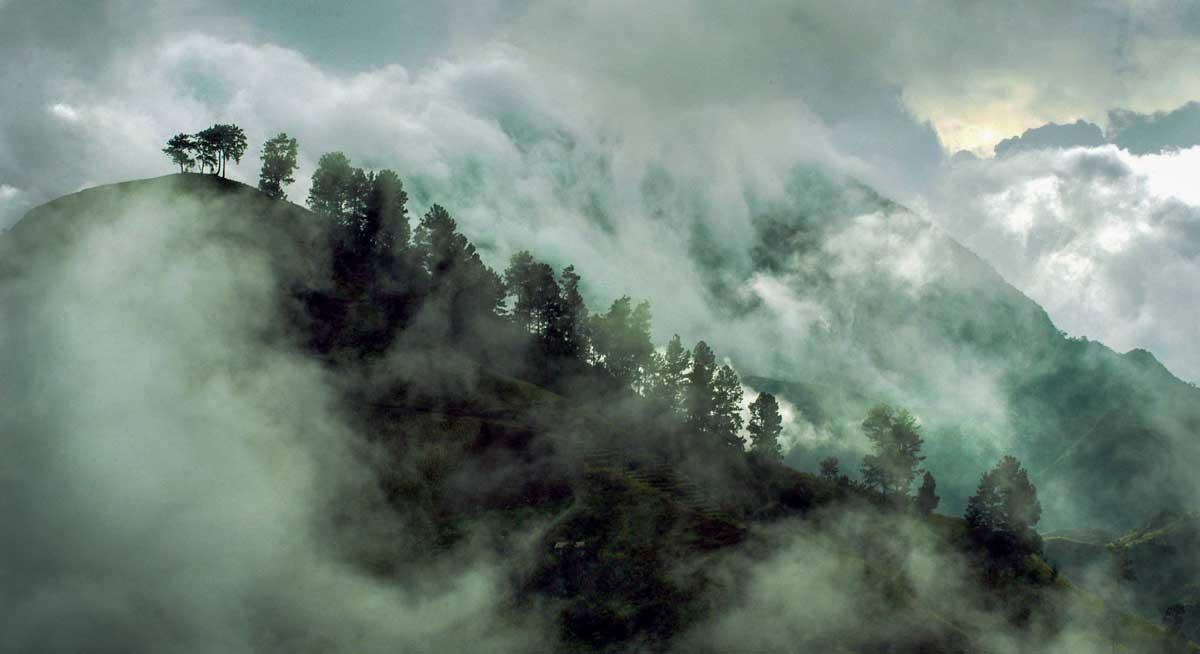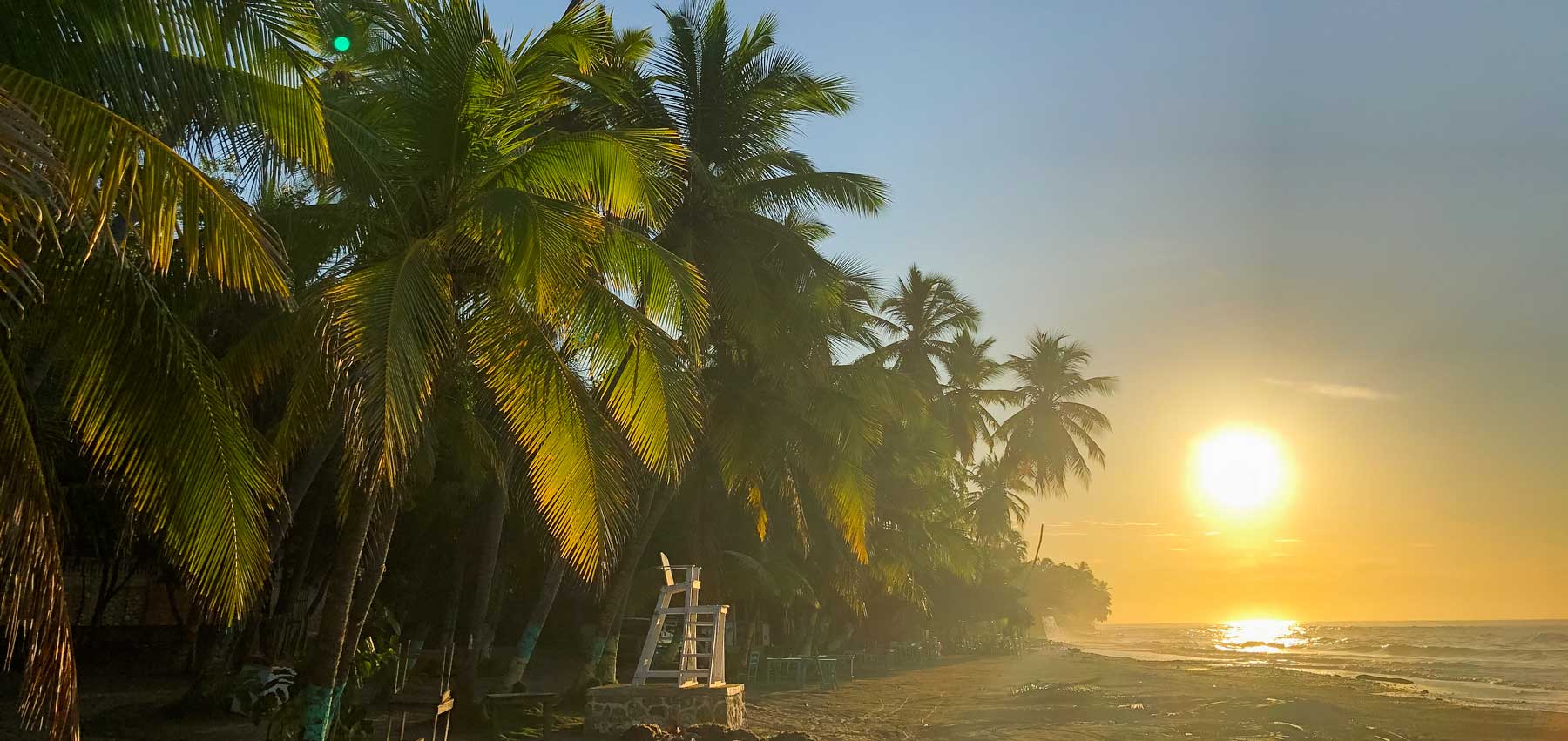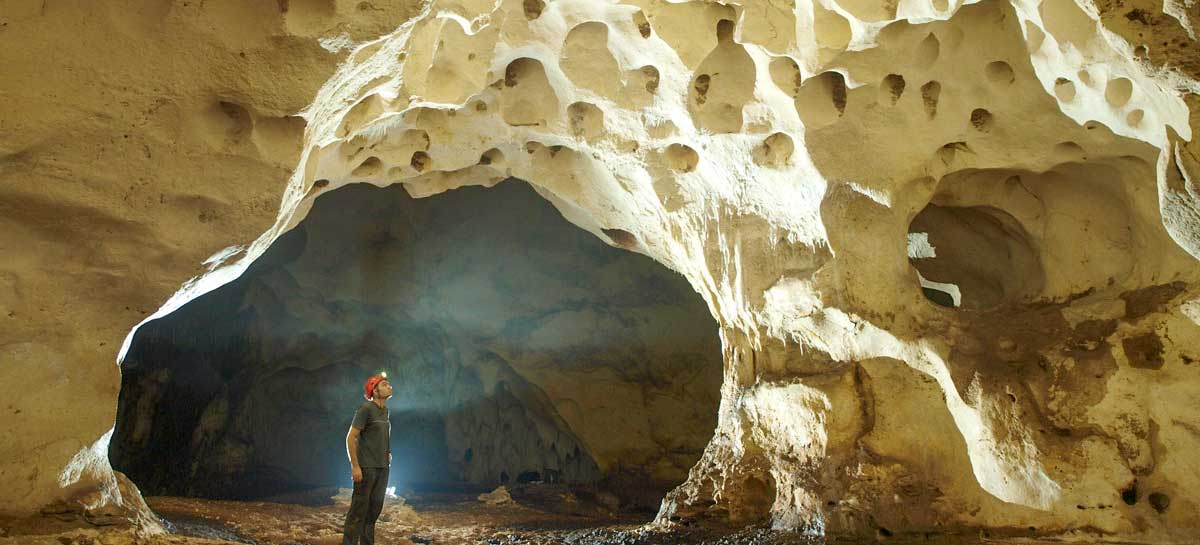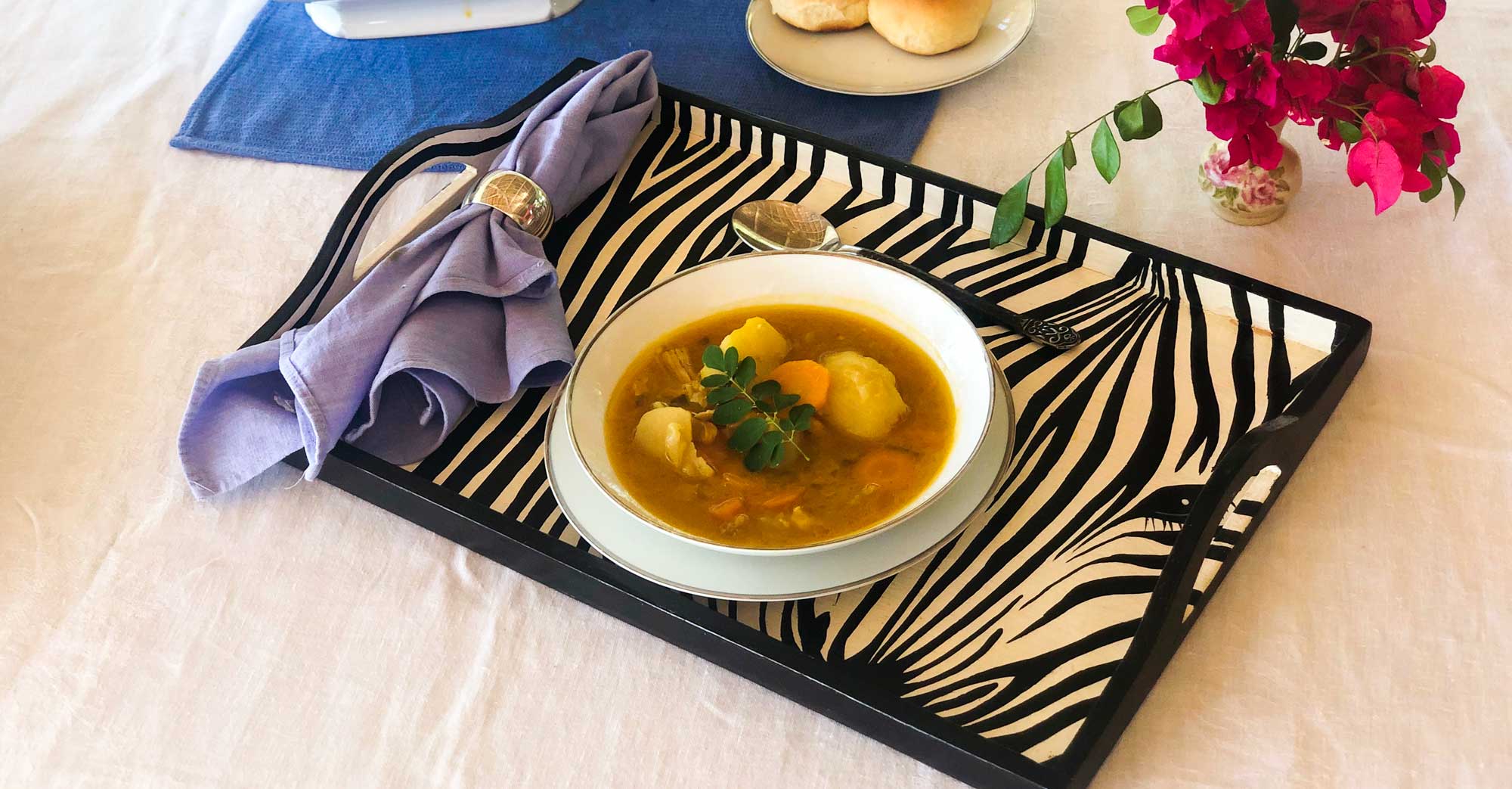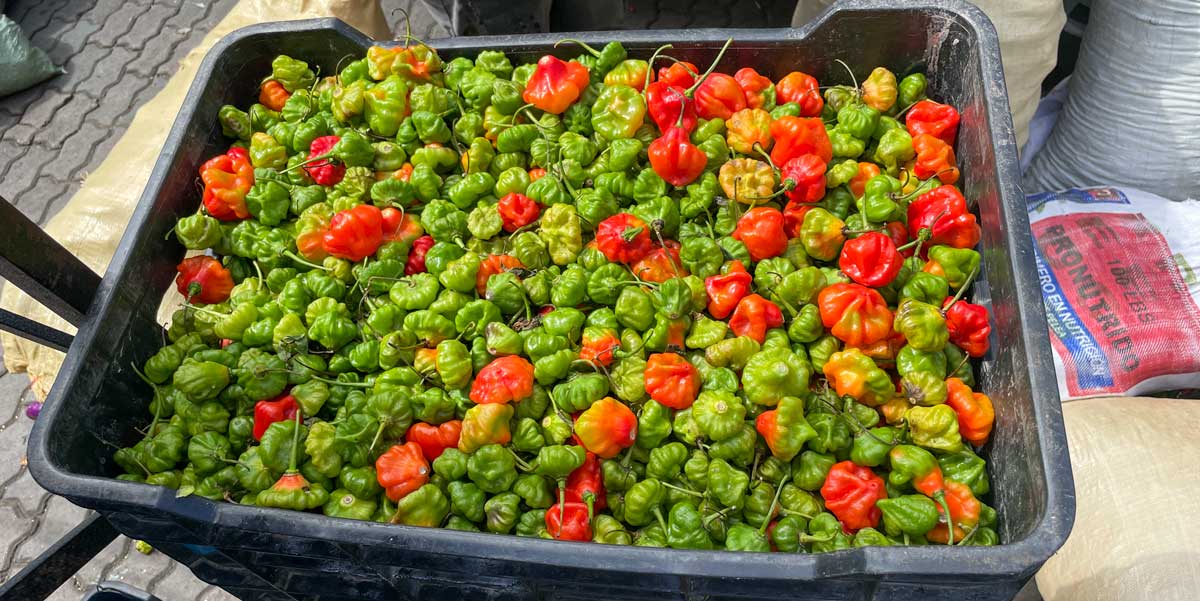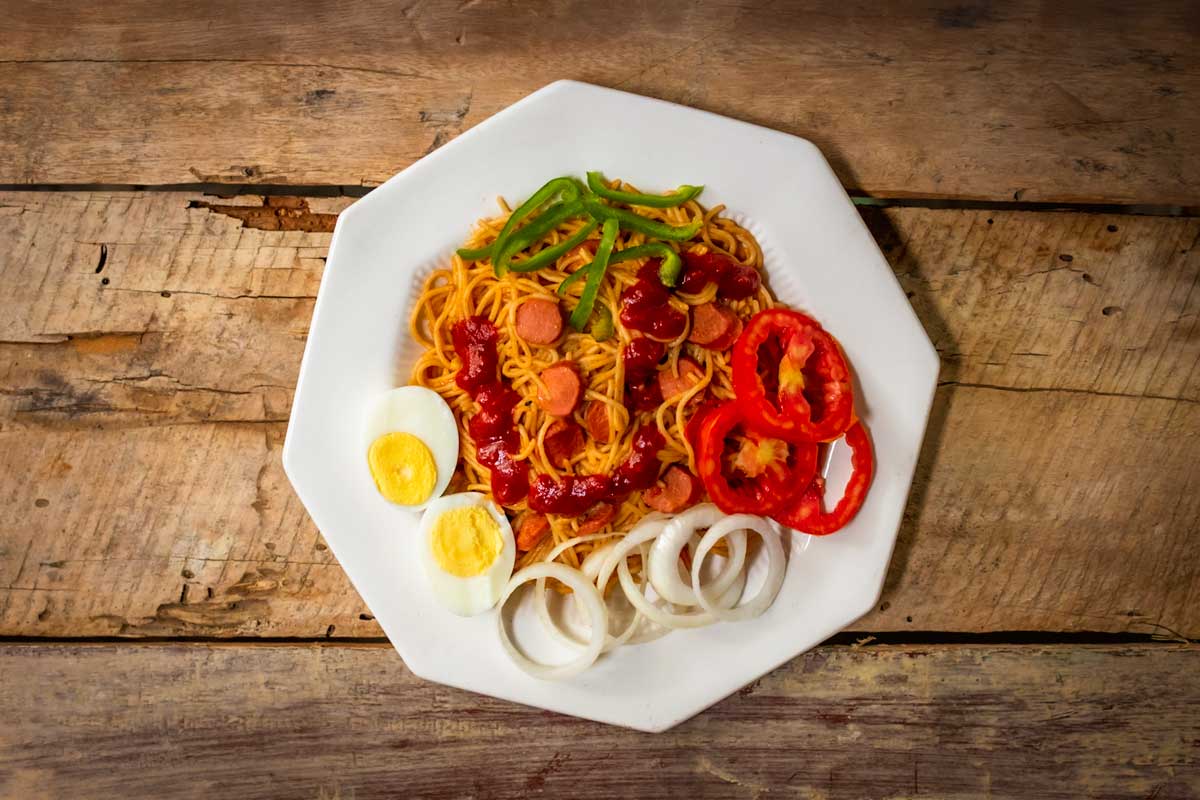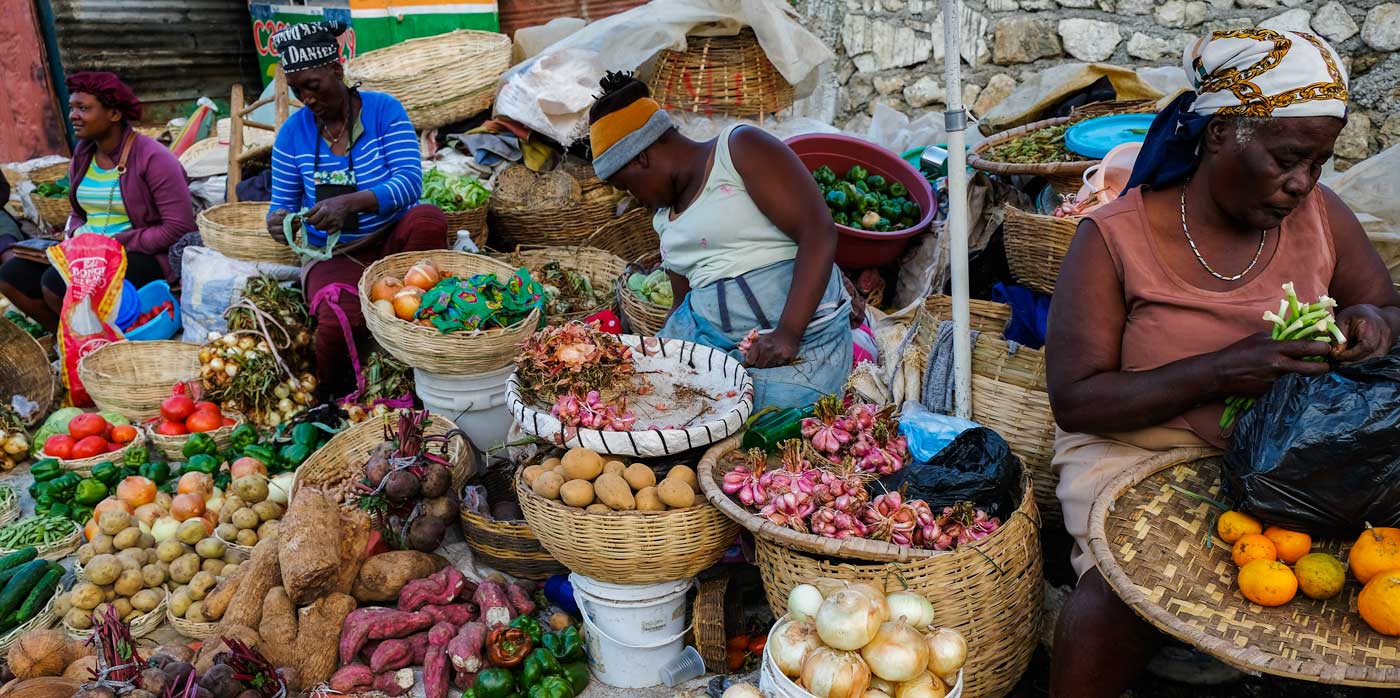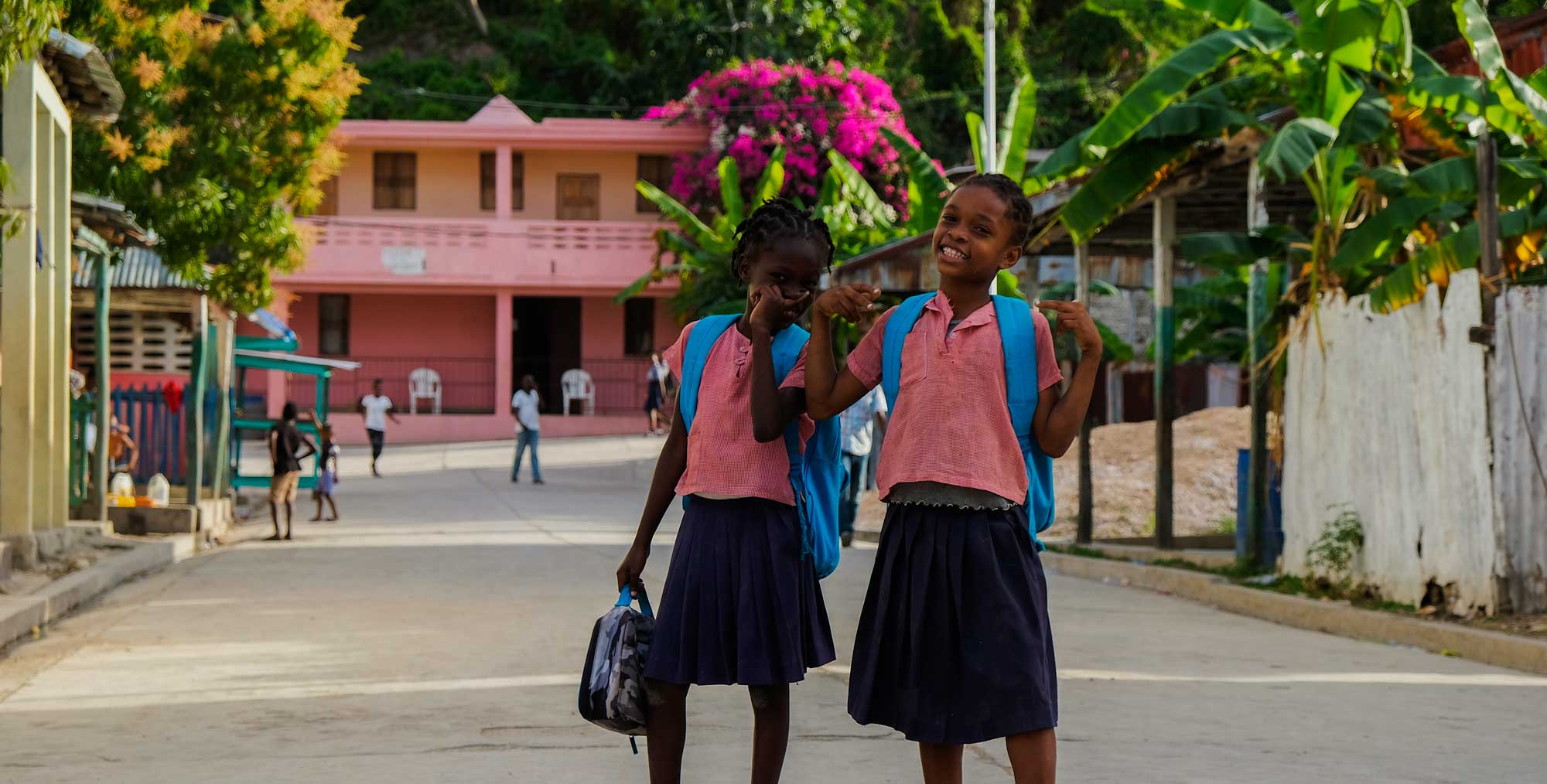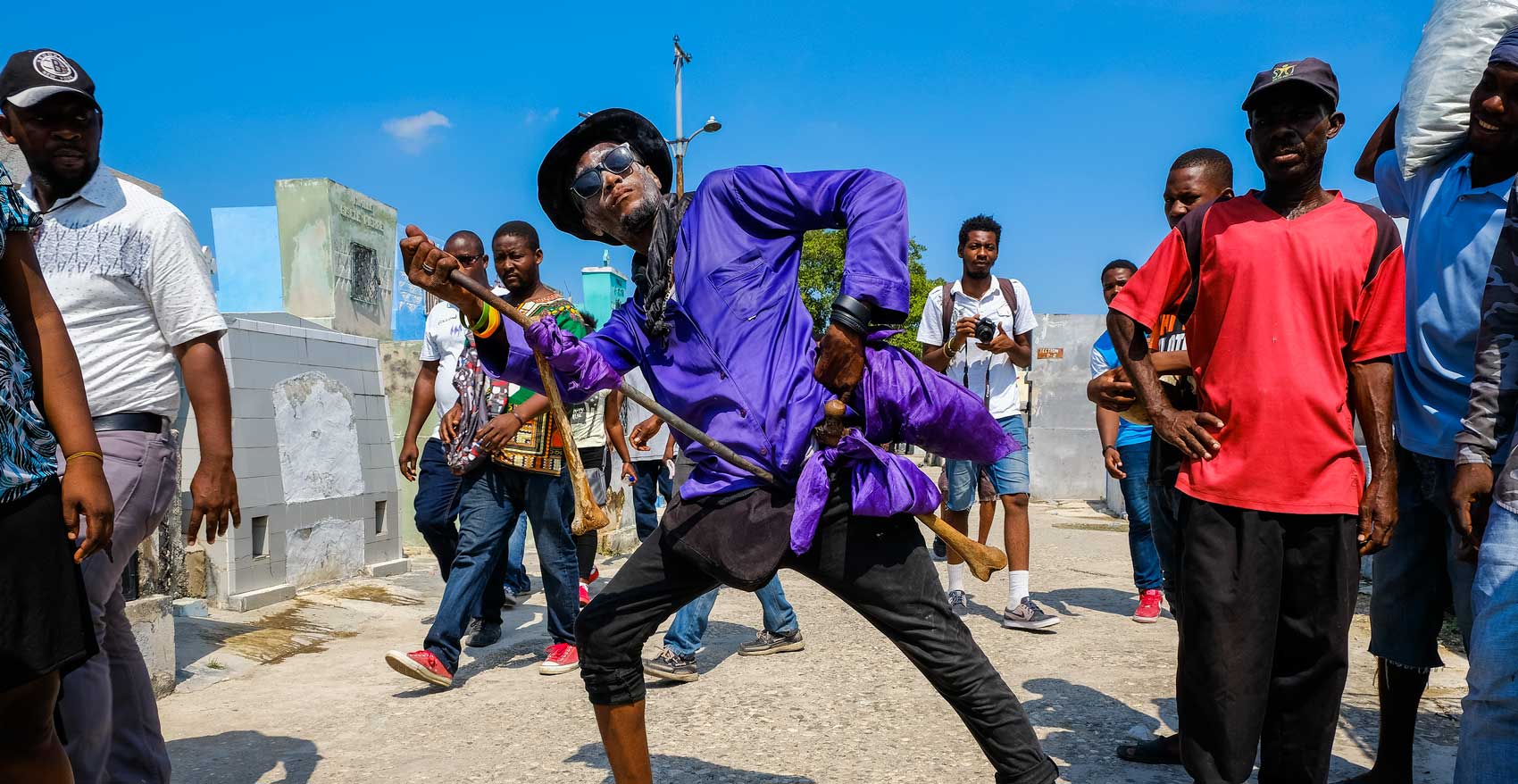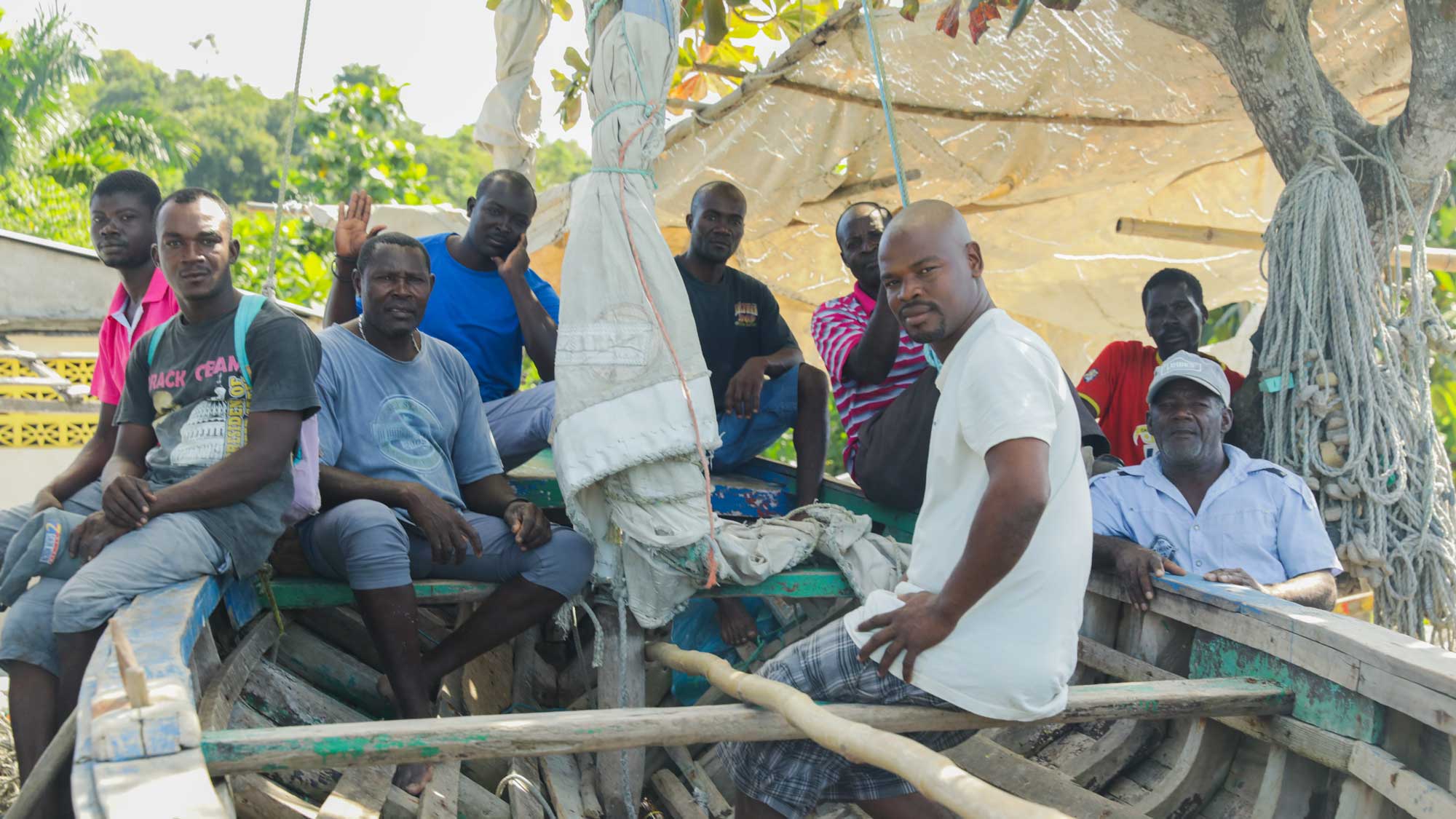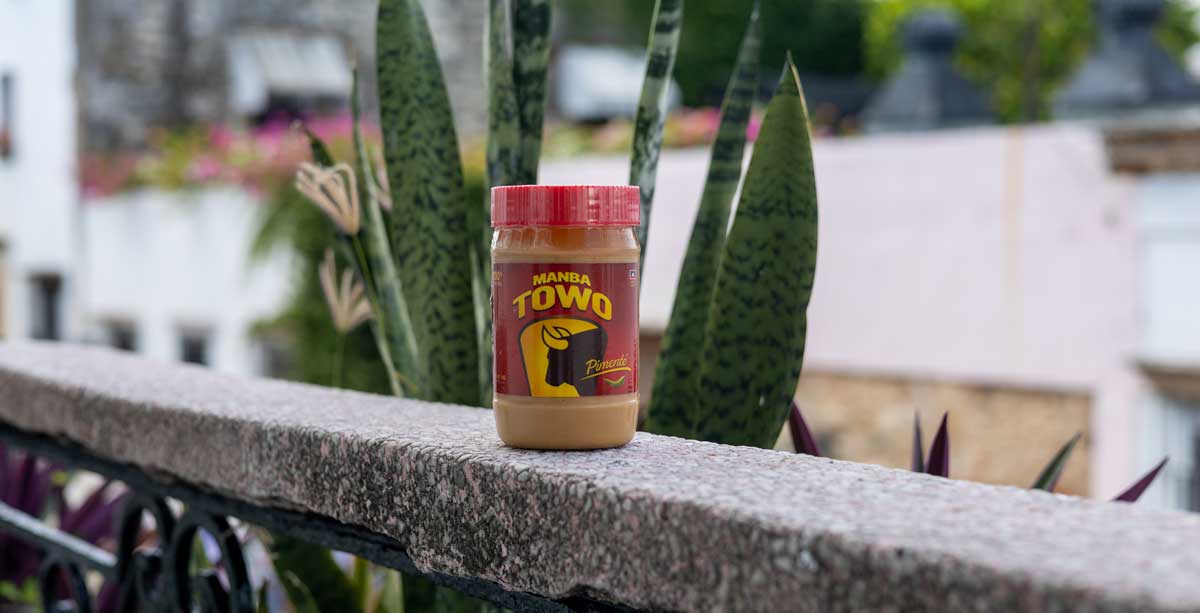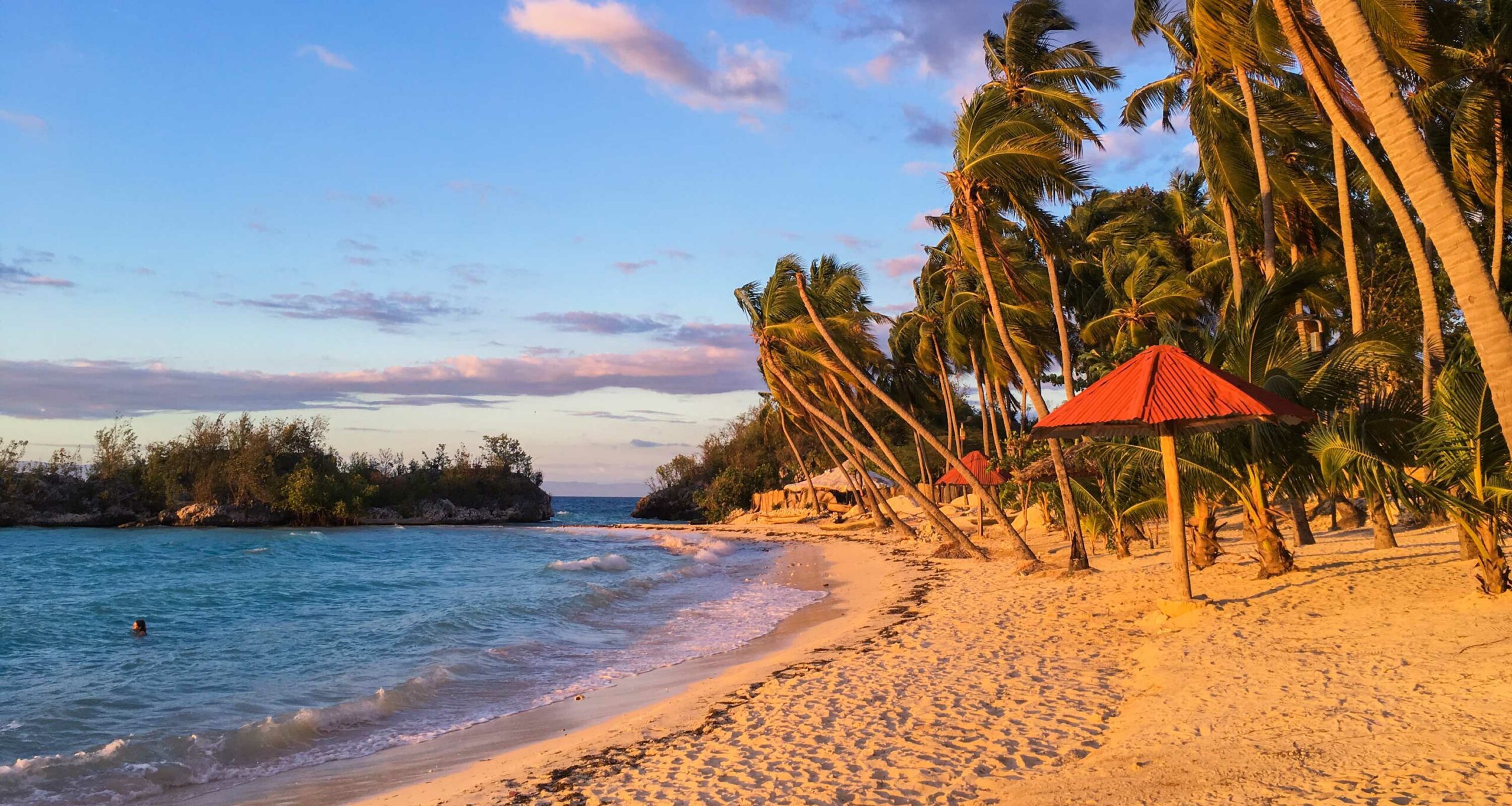
Photo: Tyler Welsh
Escape to Kokoye Beach! Secluded. Stunning. Serene.
Looking for a weekend destination not far from Port-au-Prince? You’ll find the low-key glamping experience at Kokoye Beach that is an altogether different sort of luxury. Set into the unrivaled beauty of Haiti’s south coast, the pristine cove of Kokoye is just an hour’s boat ride from Petit-Goave.
Leave your troubles and your backpack in the tent provided, enjoy seafood served up by a local host, and spend your days swimming, snorkeling and drinking rum punch in a cove worthy of a scene from Pirates of the Caribbean.
“Glamping” (glamorous camping) is a popular alternative to both low-convenience regular camping and high-priced but underwhelming hotels, but what really sets glamping apart from either is the access it affords to wilderness, and is the uniqueness of the experience.
Kokoye Beach is one of the few beach excursions in Haiti that is set up for tourists, with all-inclusive boat trips departing daily. It’s a way to experience the white sand and lagoon-blue wonders of Haiti in comfort and on a budget. For more secluded beaches like Kokoye, check out our guide to Nine Lesser-known Beaches to Visit in Haiti.
Raw nature
Rocky outcrops stretch out on either side of the beach, bookending a pristine inlet. In the middle, an expanse of sparkling water stays tranquil and wave-free 90% of the time. It’s ideal for paddle boarding, snorkeling, kayaking and swimming. The water and white sand are pristine – the beach is maintained by local associations to keep tourists coming back for more.
Palm trees line white sand beaches that stretch into aqua water that is so unbelievably blue you’ll be tagging your Insta stories with #nofilter. The water is waist-deep until 200 meters out, perfect for bobbing the day away with an icy-cold rum punch in hand.
Come sunset, you can wind down lounging around bonfires, listening to local troubadours playing konpa classics on worn drums, and celebrate into the night.
With no electricity nearby, stargazers will be delighted by some of the Caribbean’s starriest skies. On a related note – pack head-torches or flashlights and extra battery packs for any phones and cameras you plan on using. The west of the beach offers access to modern toilets and showers where you can rinse off the seawater at the end of the day.
This is Haiti as it was made to be experienced. A hotel room is a hotel room but when you stay in a tent on the sand, and nap on a hammock strung between two coconut palms, it’s a unique way to feel immersed in the natural beauty this part of the world has to offer. Watching the sunrise over the water with no walls between you, and the sea at your fingertips, can be a life-changing experience.
Beach-side feasts at Kokoye Beach
When you get hungry, you’ll be glad you’re not quite roughing it: A team of experienced, professional staff will ensure you’re well-fed with fresh, flavorful meals that celebrate Haiti’s rich culinary heritage. Picture fresh seafood grilled over sizzling embers, the aroma of hot Haitian coffee wafting through the morning breeze, and the gentle sound of waves as your backdrop.
If sea-to-table and farm-to-fork dining define luxury, then Kokoye Beach takes it a step further. Breakfast brings the irresistible combination of Haitian coffee, cane sugar, and cassava bread served with locally-made peanut butter and fresh seasonal fruit. Feeling adventurous? Dive into the uniquely Haitian tradition of spaghetti for breakfast, a hearty and flavorful dish that’s both surprising and satisfying.
Lunch and dinner are all about showcasing the freshest seafood: grilled lambi (conch), fish, or lobster, straight from the ocean to your plate. These dishes are infused with the bold flavors of Haitian cuisine, seasoned with a mouthwatering blend of garlic, lime, hot peppers, and spices. For vegetarians, there are options featuring local produce, such as roasted plantains, avocado salads, or hearty bean stews.
Sustainability is key at Kokoye Beach. Most ingredients are locally caught or grown, supporting nearby communities and reducing the environmental impact of your meal. Whether it’s a seaside feast under the stars or a sunrise breakfast with a view, dining at Kokoye Beach is as much an experience as the adventure itself.
Curious about the breathtaking underwater world or the serene beauty of Kokoye Beach? Watch this video for a closer look at what awaits!
Feeling more adventurous?
You can explore sea caves on the north end of the beach, a 15 to 20-minute swim away, where the crystal-clear waters reveal hidden marine wonders. Snorkelers will love the vibrant underwater world around the caves, teeming with colorful fish and coral formations.
Looking for something inland? Hike around the southeast end of the beach to discover the ruins of a swimming pool and a crumbling mansion from a bygone era—perfect for history buffs and photographers alike.
If birdwatching is your thing, keep an eye out for the diverse avian life that thrives along the coast, from graceful egrets to tropical songbirds.
For a longer adventure, head west down the coast to explore the historic ruins of Fort Royal near Petit-Goâve. This hidden treasure offers a glimpse into Haiti’s colonial past, with its weathered stone walls and stunning views of the coastline.
Getting there
Kokoye Beach is located on a remote peninsula south of Petit-Goave, and it is only accessible by boat, or extreme hiking for 2-3 hours. There is no car access, which makes it feel more like an island escape. Visitors can call ahead to reserve tents, sleeping bags, and other comforts with a local host. People like Madam Fanfan (509) 4028 – 31 66 will also be able to help arrange your boat travel.
It’s also possible to arrange for an impromptu water taxi from the pier in Petit Goave. The boat ride time will vary depending on the motor and number of people aboard and visitors can expect to pay more for covered boats. While on the boat ride you’ll see local fisherman in their element, and freediving is a regular sight, as are sailboats sluicing by at slower speeds. The water changes from indigo blue to turquoise to aqua as you skim along the shore toward Kokoye.
Just over halfway there, Bananier Beach – a popular destination in its own right – is usually the first stop. Kokoye Beach is 20 minutes further down the coast.
Tips for making the most of your trip
To ensure a smooth and enjoyable excursion to Kokoye Beach, come prepared with plenty of Haitian gourdes in small denominations. While prices in Haiti have risen over the past couple of years, carrying smaller bills (25, 50, 100, and 250 gourdes) is still essential for tipping, purchasing snacks, or paying for any additional services. On this remote peninsula, making change can be challenging, so having exact amounts helps support the local economy and reduces stress for your hosts.
While US dollars are generally accepted in lieu of gourdes, you may get a less favorable exchange rate, so exchanging money beforehand is recommended.
Planning your trip is all about striking the right balance between adventure and comfort. If you’re looking for a DIY experience, bring your own snacks, drinks, or gear to enhance your time. However, for those who prefer to fully embrace the convenience of Kokoye Beach’s facilities, rest assured the dedicated staff will make your visit memorable with excellent food and attentive service.
Whether you’re seeking adventure or relaxation, Kokoye Beach is the perfect destination to disconnect from the daily grind and reconnect with nature.
Written by Emily Bauman.
Published July 2018.
Updated December 2024.
Find Kokoye Beach
External Links
Read more about Kokoye Beach on Trip Advisor

Looking for some cool things to do?

Paradise for your inbox
Your monthly ticket to Haiti awaits! Get first-hand travel tips, the latest news, and inspiring stories delivered straight to your inbox—no spam, just paradise.














